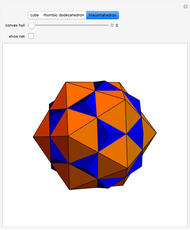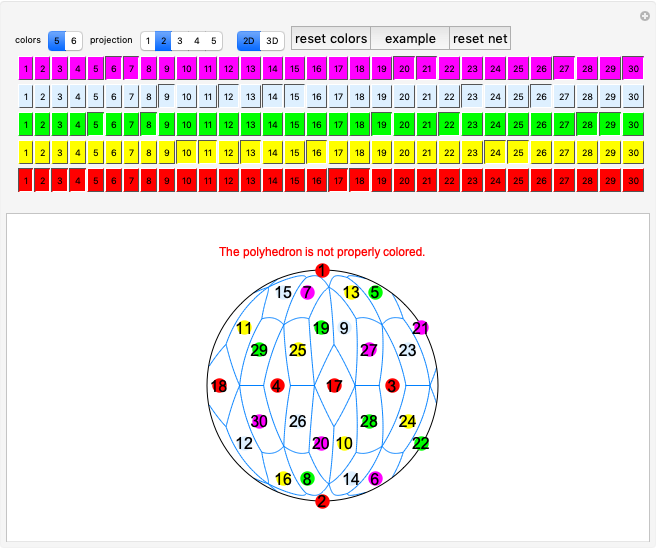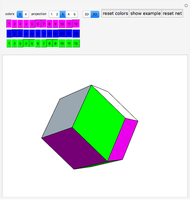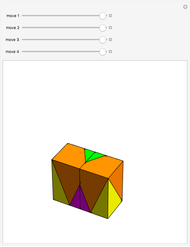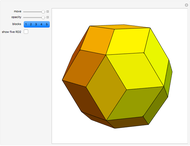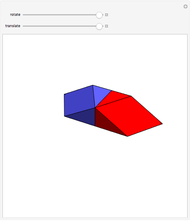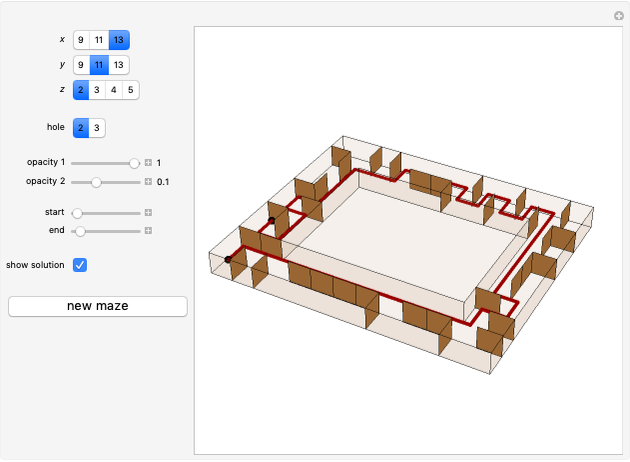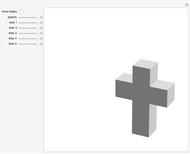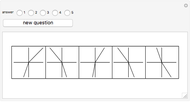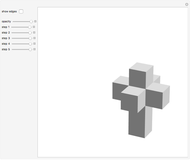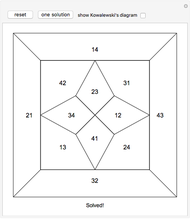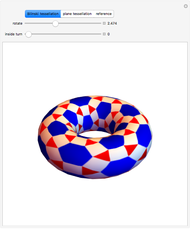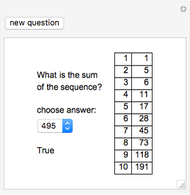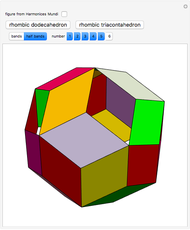Kowalewski's Games with Kepler's Solid

Requires a Wolfram Notebook System
Interact on desktop, mobile and cloud with the free Wolfram Player or other Wolfram Language products.
In 1938, Gerhard Kowalewski showed a color-matching construction in a booklet Der Keplersche Korper und andere Bauspiele. It consisted of a rhombic triacontahedron made of 10 acute and 10 obtuse golden rhombohedra. He first made a cup of five acute and five obtuse rhombohedra. Then he added two obtuse rhombohedra. At this stage, two RD2s are parts of the composition. An RD2 is a rhombic dodecahedron of the second kind, a Bilinski dodecahedron, as discovered by Bilinski in 1960.
Contributed by: Izidor Hafner (June 2019)
Open content licensed under CC BY-NC-SA
Details
References
[1] G. Kowalewski and D. Booth, "Construction Games with Kepler's Solid," Austin, TX: Parker Courtney Press, 2001. (Jun 18, 2019) www.zometool.com/content/KowalewskiWeb.pdf.
[2] S. Bilinski, "Über die Rhombenisoeder," Glasnik, 15, 1960 pp. 251–263.
[3] B. Grünbaum, "The Bilinski Dodecahedron and Assorted Parallelohedra, Zonohedra, Monohedra, Isozonohedra, and Otherhedra," The Mathematical Intelligencer, 32(4), 2010 pp. 5–15. doi:10.1007/s00283-010-9138-7.
[4] G. W. Hart, "A Color-Matching Dissection of the Rhombic Enneacontahedron," Symmetry: Culture and Science, 11, 2000 pp. 183–199. www.georgehart.com/dissect-re/dissect-re.htm.
[5] W. W. R. Ball and H. S. M. Coxeter, Mathematical Recreations and Essays, 13th ed., New York: Dover Publications, 1987 p. 137.
Snapshots
Permanent Citation






